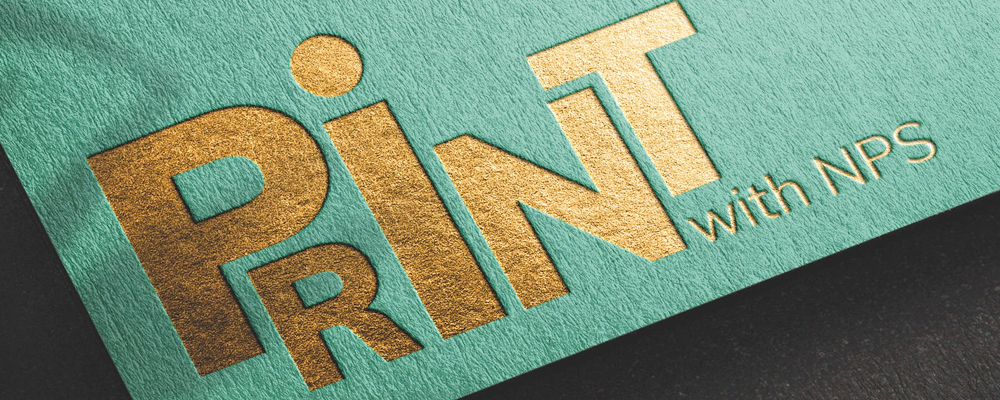Top tips for creating a personalised print marketing campaign
Print marketing can take many forms – flyers, posters, catalogues, brochures… the list goes on. Whether you’re looking to send direct mail leaflets through doors, or display posters across the country, your print marketing campaign could benefit from a spot of personalisation.

Unlike digital marketing, you can’t automate the personalised attributes of a print marketing campaign. This might sound limiting, but really it means you have the opportunity to be more deliberate with your choices.
We’ve compiled our top tips for creating a personalised print marketing campaign so you can get the best out of your print and do the best for your customers.
What is personalisation in print marketing?
In print marketing, personalisation is using customer data to customise the content you send your recipients.
Let’s say you’re planning a direct mail marketing campaign and you’re advertising offers for your nationwide group of stores. You can use an existing customer’s address to personalise the printed materials with local offers, discounts based on previous purchases, and even offer directions to their nearest branch of your business.
If you were looking to target new customers, you could use more generalised data specific to the location of your printed marketing materials. For example, bus stop posters are a fantastic way to grab the attention of local commuters, and they will be more likely to be receptive to in-jokes about the community and the use of colloquialisms in the copy.
Location-based personalisation requires coordination and planning, though – this example from HSBC, who put up a proud ‘You are Newcastle’ poster… in Nottingham, shows how important it is to get localisation right.
Why use personalisation in print marketing?
Personalisation in print marketing can be a fantastic tool if used correctly. It can improve the attractiveness of a product by making it more applicable to the recipient, and subsequently increases usability – offering directions to a local store is more likely to be successful than simply supplying recipients with a generic nationwide website.
Personalisation in print marketing is also proven to increase enquiries, orders, and ROI. By involving the customer from the outset, they feel as though they have already made a decision to affiliate themselves with your brand, products, or services. This makes conversions more probable.
How can I implement personalisation into my marketing campaigns?
Basic personalisation can be achieved using a simple database with names, addresses, and a few other additional bits of information, as well as an agreement with a top-notch printer capable of turning round your print marketing campaigns on time, every time (hint: that’s us!)
If you’re working with a relatively small marketing budget, we can print names, addresses, and other information taken from your database straight onto a carrier sheet, envelope, or cover page of a catalogue. Usually, this is printed using black inkjet or laser onto a blank area left behind on purpose during the litho colour printing of the main product.
But with variable data printing (VDP) software, we can do both at once. Use any profiling data you have on your customers – such as those related to buying history, product preferences, or choices tied to product metadata – to print fully personalised, full-colour pages advertising products and services specific to the individual.
How much does personalising my print cost?
As with all print, the cost will vary depending on how far you want to go. It’s going to be cheaper to inkjet names and addresses onto plain white carrier pages slipped inside a folded leaflet than it is to fully personalise entire full-colour brochures, even if you choose digital over litho.
Still, it’s up to you to perform a cost-benefit analysis and work out which level of personalisation will offer the best returns on your print marketing campaign. Struggling? We can help.
